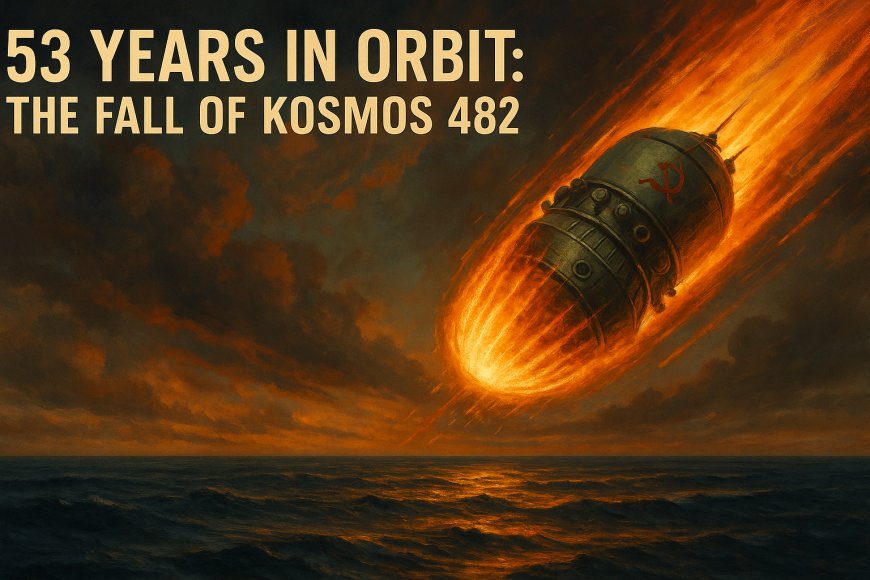The Dramatic Return of Kosmos 482: How a Soviet Venus Lander Crashed to Earth After 53 Years
Discover the wild story of Kosmos 482, a Soviet-era spacecraft meant for Venus that crash-landed on Earth after 53 years in orbit. Learn about its failed mission, fiery re-entry, and why space junk like this could reshape our future.
The Soviet Spacecraft That Took a 53-Year Detour to Earth
In 1972, the Soviet Union launched a daring mission to Venus—but instead of landing on our scorching sister planet, the Kosmos 482 spacecraft got stuck in Earth’s orbit. For 53 years, this titanium-clad relic circled the globe, a silent witness to the Cold War, the rise of the internet, and humanity’s growing space ambitions. On May 10, 2025, its journey finally ended as it plunged into the Indian Ocean, sparking fascination and concern about the growing problem of space debris.
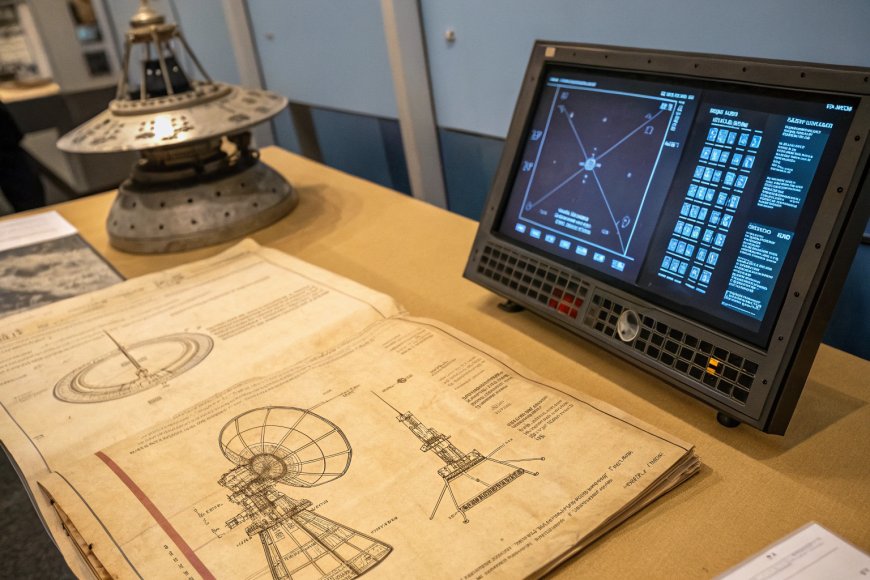
1970s Soviet Venus lander design vs. modern space debris tracking.
Why Kosmos 482 Was Built to Survive Hell (But Ended Up in the Ocean)
Kosmos 482 was no ordinary satellite. Designed as part of the USSR’s Venera program, its mission was to land on Venus—a planet with surface temperatures hot enough to melt lead and atmospheric pressure 90 times Earth’s. To survive this hellscape, the lander was encased in a titanium shell, engineered to withstand 300 times the force of gravity and pressures equivalent to 100 Earth atmospheres. Ironically, these same features likely helped it endure re-entry into our atmosphere, making it one of the rare pieces of space junk to crash-land mostly intact.
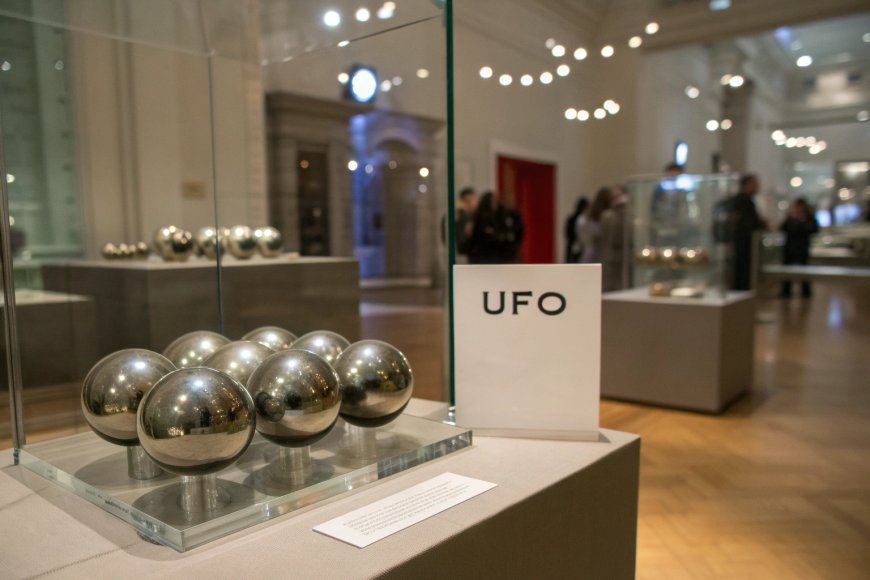
Mysterious Soviet space balls recovered in New Zealand, 1972.
The tale of Kosmos 482 is more than a Cold War footnote; it’s a wake-up call. As SpaceX and others flood orbit with satellites, this Soviet time capsule reminds us: what goes up must come down—sometimes decades later. The future of space depends on learning from the past.
But its journey to Venus was doomed from the start. A rocket malfunction left it stranded in Earth’s orbit, where it broke into pieces. Most debris fell back within a decade, but the 1,091-pound descent module lingered—slowly spiraling downward until gravity finally claimed it in 2025.
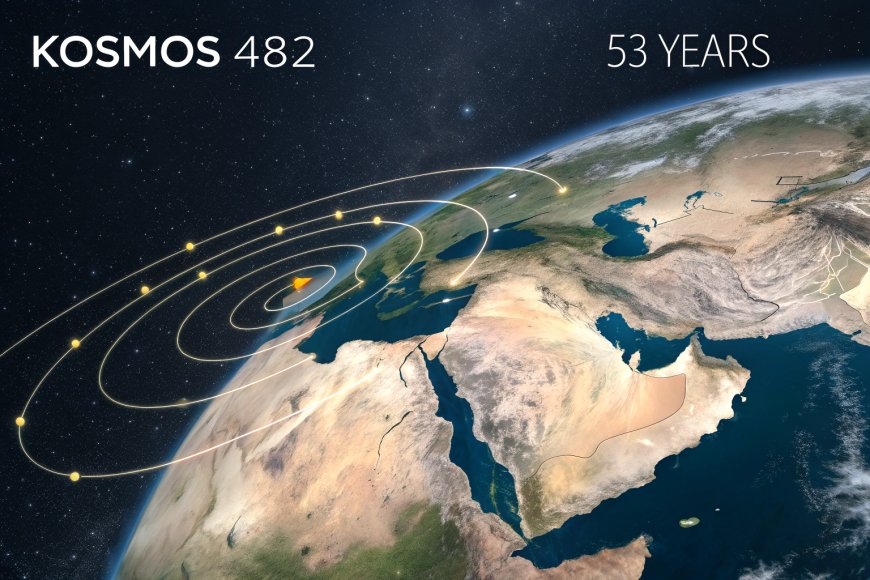
Kosmos 482’s orbital decay from 1972 to 2025.
The Mystery of the Falling Space Balls
Long before Kosmos 482’s dramatic finale, parts of it had already made headlines. In 1972, four titanium alloy spheres—likely fuel tanks—crashed into a New Zealand farm, scorching crops and baffling locals. One farmer mistook a sphere for a “dead sheep” before lugging the 30-pound object home. Soviet officials denied ownership, leaving the Kiwis with bizarre Cold War souvenirs now displayed in museums.

Venus vs. Earth: Where Kosmos 482 was meant to land vs. where it crashed.
These “space balls” underscored a recurring theme: when space junk falls, it’s often Russia’s legal responsibility under the 1967 Outer Space Treaty. Yet, as Kosmos 482’s final plunge showed, tracking debris remains a guessing game—with agencies disagreeing on whether it landed near Jakarta or vanished into the Southern Ocean.
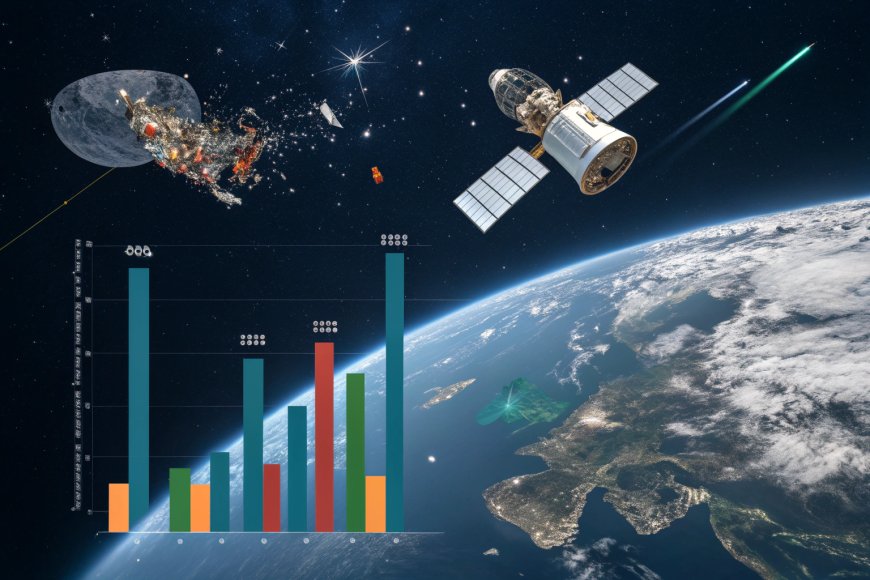
Space junk crisis: Old Soviet tech vs. modern megaconstellations.
Could This Happen Again? The Looming Space Junk Crisis
Kosmos 482’s return highlights a pressing issue: Earth’s orbit is cluttered with over 30,000 tracked objects, from dead satellites to rocket parts. With megaconstellations like SpaceX’s Starlink adding thousands more, experts warn of a “Kessler Syndrome” scenario, where collisions create cascading debris fields.
While the risk of injury from space junk is minuscule (you’re 65,000 times more likely to be struck by lightning), the environmental impact is worrying. Burning satellites release chemicals that could harm the ozone layer, and surviving debris—like Kosmos 482’s titanium hull—poses contamination risks.

Kosmos 482’s fiery descent into the Indian Ocean, May 2025.
What’s Next for Kosmos 482?
If recovered, the lander would be a “space archaeology” treasure trove—a time capsule of 1970s Soviet tech. But for now, it likely rests on the ocean floor, legally still Russian property. Meanwhile, its story serves as a cautionary tale: what we launch today could haunt Earth for decades.
The tale of Kosmos 482 is more than a Cold War footnote; it’s a wake-up call. As SpaceX and others flood orbit with satellites, this Soviet time capsule reminds us: what goes up must come down—sometimes decades later. The future of space depends on learning from the past.
What's Your Reaction?











































